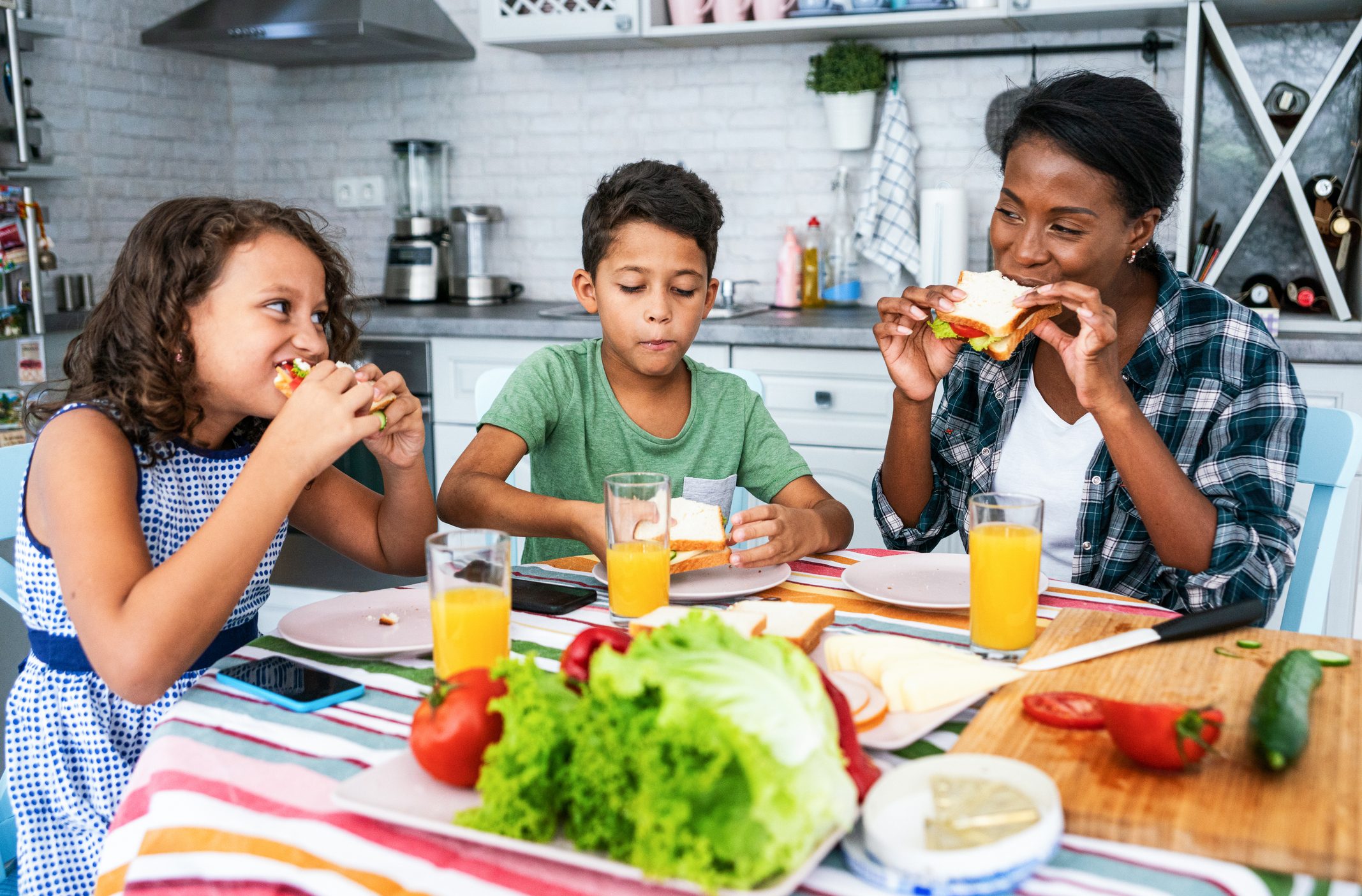How To Get Your Kids To Eat More Veggies
Engaging in a power struggle with fussy eaters is something many parents dread and know all too well. It usually means conflict at mealtimes, with endless frustration for the parents and much anxiety for the children. But getting your child to choose, and actually enjoy, healthier food shouldn’t be an impossible task. Here are a few tips to steer you in the right direction.
;Resize,width=742;)
Research has shown fussy eaters to have a low intake of essential nutrients such as vitamin E, vitamin C, folate, and fiber, often leading to problems later in life (e.g. having digestive issues or weakened immune systems). Therefore, the sooner your children learn to love vegetables, the better it is for their long-term health!
Want an excellent way to add fruits and vegetables to your children’s diet, without having them put up too much of a fight? Give them smoothies! The tastiness and mouthfeel of a smoothie somewhat resembles a milkshake, which is why they enjoy it. If you want to add some kale, carrots, or other nutritious fruits and veggies, just add some banana or dates to enhance the sweetness.

Pack more fun into the smoothie adventure by making their smoothies with a ‘secret ingredient’ or two, and have them try and guess what it is. See how many they can get right, and maybe give them a reward when they guess correctly!
Introducing a new vegetable to their diet can be tricky, so instead of giving it to them as is, add it to something they already like. For instance, if they’ve never had eggplant before, add it to their favorite spaghetti bolognaise.
Sometimes you just need to get downright sneaky (but in a good way!). Dishes like pasta, stews, and chilis provide an ideal mask for hiding vegetables. Cook and puree veggies like butternut, spinach, peppers (capsicum), or carrots, and stir it into the sauce. The flavors are usually not that prominent to begin with, and by pureeing the veggies, your child won’t notice the difference in texture. If it works, you are set to do it on a regular basis.

Research has shown that kids are more likely to be adventurous with their food choices if they are directly involved in food prepping. So, start off by letting them help you in the kitchen with small tasks like kneading dough, tearing salad leaves, or stirring foods.
You can eventually have them build their own pizza, taco, or wrap. Let them decide which ingredients to use, but guide them on what will taste good and what won’t. The upside is that it will eventually be less work for you, and who knows, your up and coming chef might feature on an episode of MasterChef Junior sooner than you think!

Talk about the food and ingredients while you are busy making meals. This will this educate your little ones about the food they eat and why they should respect it. But what’s more, they will hopefully also learn to love food in a healthier way.
It’s likely that your child will reject some of your experiments, but don’t give up too soon. In fact, experts say that a child must taste a new food or flavor up to 15 times before they accept it! Each child is different, and unfortunately a ‘one-size-fits-all’ method to get them to eat veggies doesn’t exist. If at first you don’t succeed, try, try, and try again.
;Resize,width=767;)
;Resize,width=712;)
;Resize,width=712;)
;Resize,width=712;)
